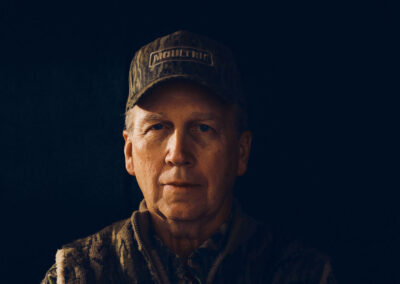Your cart is empty
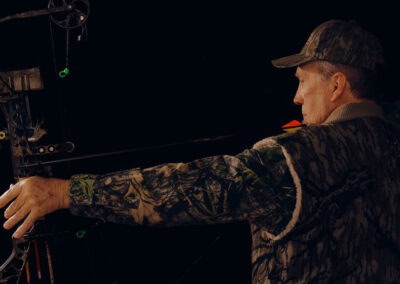

This series pursues the idea that food is more interesting when it has a story of its own. Even in a world of rapid urban expansion and deliver-to-your-door technologies, it’s still possible to pursue a life where you’re a part of your food story – the old fashioned way. Whether through hunting, fishing or foraging,…
Story By
Photos
Little Outdoor Giants
Read Time
9 minutes
Posted
Two girls, best friends, spent their young, towheaded years blinking around the edges of the farm like fireflies. As they stalked wild turkeys, down on all fours, their golden hair was perfect camouflage in the hay field, but they were clumsy, like practicing coyote pups — the birds would always cackle and flush. They lit the ends of twigs on fire and smoked them like cigarettes while they paged, in smoldering confusion, through one of their brother’s dirty magazines stashed in the treehouse. They swam in the pond and watched the lady snapper lay her eggs in the railroad bank, then dried off with a cat nap in the barn between the warm, round bales of hay. It was summer for a long time until it wasn’t anymore. Then it was September, and Mom was sending them down the hill with baskets, “Don’t come home till they’re full.”
The wild hazelnut canopy was barely over their heads, the canes just far enough apart that they walked throughout the thicket as if inside a tiny, private forest. There was a pair of perfect stones they’d once drug in from the rock wall that they used to crack the shells, each girl placing the first nut of the year into the other girl’s mouth in perfect, synchronized time — a ceremony for summer’s end. This ritual feeding made them a part of the change. They felt their feral power of knowing how to be in the right place at the right time — the squirrels and whitetails were there with them, the birds did not flush, and everyone filled their baskets.
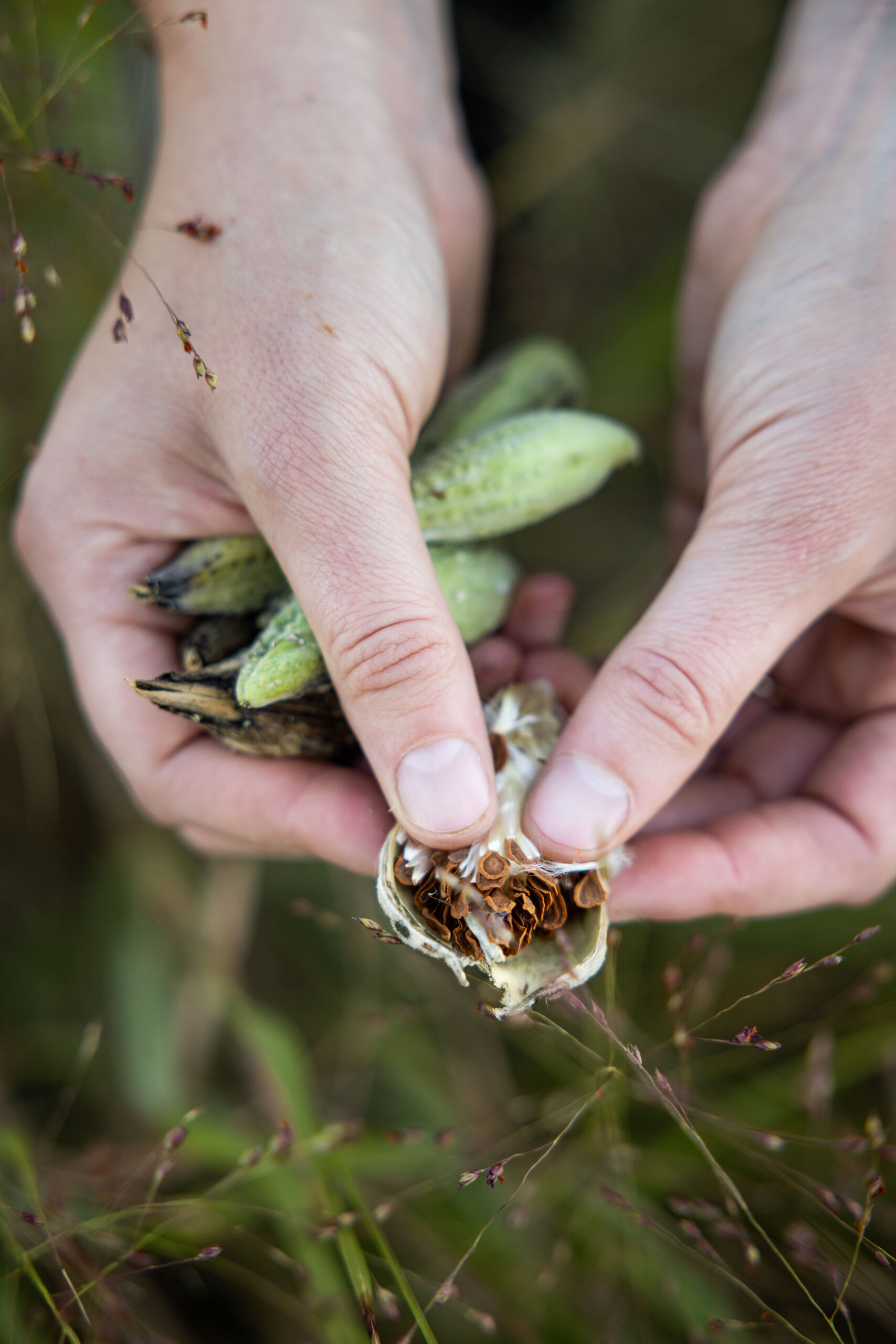
I went back to that farm a few years ago when I was passing through town. I hadn’t visited since my friend’s parents sold the place, and I’m not actually sure why I chose to return — the car just kind of drove itself. Despite my worries of bulldozers or decay, the farm looked better than ever. The new owners had even shored up the sagging barn. At the top of the driveway, I turned onto a new road that peeled off toward the old hazel brush, and that was where I saw what I had feared — modular homes, buzz-cut lawns, a low-shorn lane as wide as a freeway underneath a powerline hulking over the place the hazels used to be. I got out of my car and moped down the powerline anyway. I was kicking rocks and wallowing, but a squirrel yelled at me from the brushy edge and made me pause. He wasn’t more than five yards away and was standing his ground, grasping something while giving me the side-eye and slinking up a slender limb. I saw the surrounding boughs’ familiar sway — the way they move when laden with nuts — and I grinned.
I was taller and they were shorter from being bush-hogged by the power company, but it was kind of like bumping into an old lover: though our bodies had changed, we still knew where to put our hands. The clusters of hazelnuts were found easily, and I giddily filled the pouch in the front of my shirt without a thought to eat any until driving home. I expected I might want a taste once in the kitchen, maybe a handful with wild plums, Roquefort, a thimble of vermouth to celebrate — but no. No appetite came as I pulled into the driveway. I was drawn to the edge of the yard, where I stood, mindlessly thumbing nuts from their husks. In the light of the dusk, the handful of nuts appeared more like seeds than food, so I pressed one into the ground. The soil swallowed, I felt sated, and a brand new hazel was born. I knew immediately that once was not enough.
The desire to stick that seed in the ground was only one plant-prompted compulsion in what I’ve come to recognize as a lifelong succession of such impulses. The child’s play of picking hazelnuts steadily evolved into my current work. I began foraging for farmer’s markets, then restaurants across the country, which led to teaching wild food classes and offering consultations to landowners, chefs and bartenders. Once I bought land, I stopped selling and started growing. The nursery we now have at Thickery Pricket Farm in Parsonsfield, Maine is a place for the wallflowers, the edge dwellers, and the forgotten foods like sweetfern, American plum and groundnut. The plants all have stories from my years as a forager and wild foods teacher, including those nostalgic hazelnuts, the sweetest grapes I ever found and the fattest acorns. We grow and sell seedlings, seeds and cuttings of these special trees and plants for food, medicine, habitat and craft.

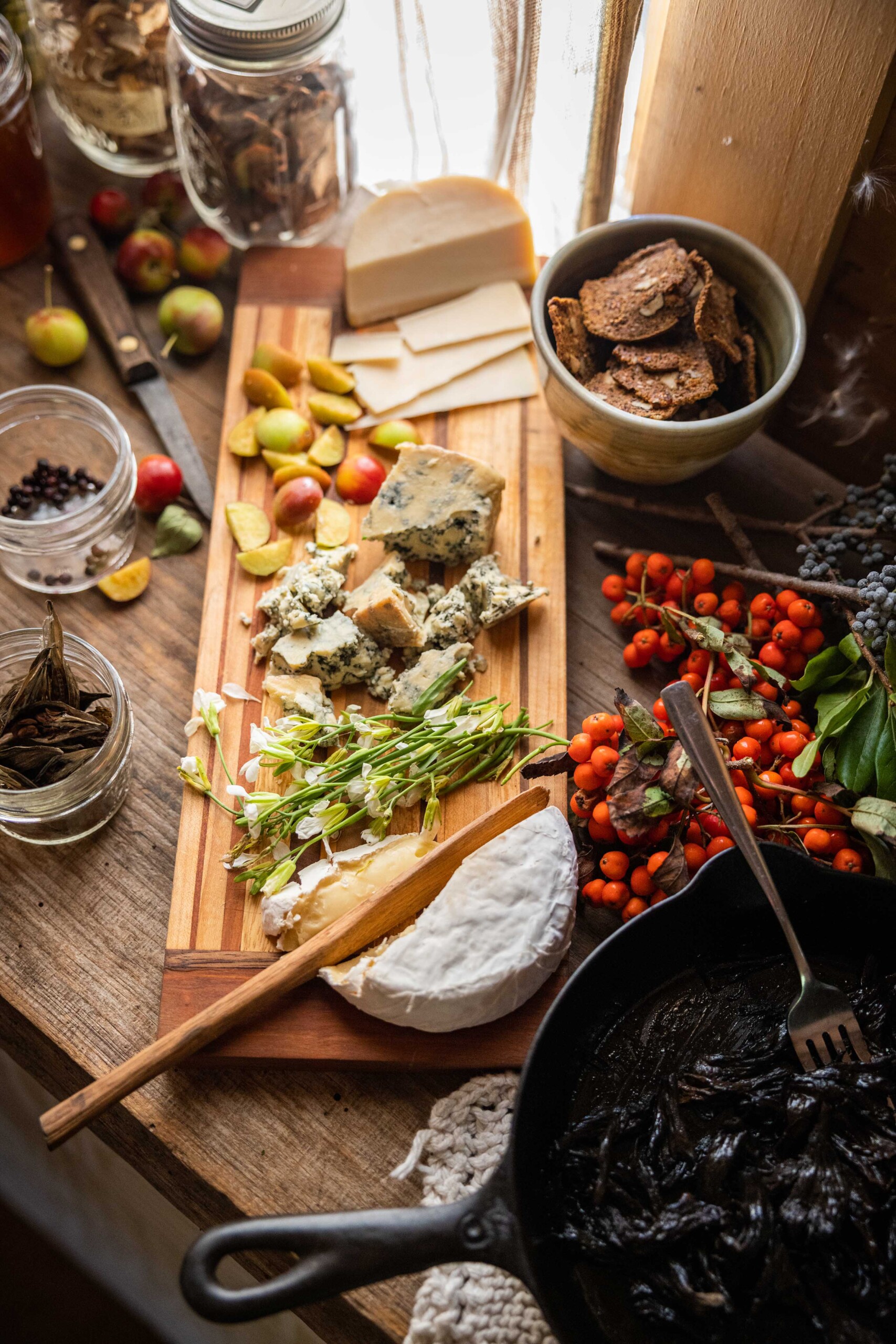

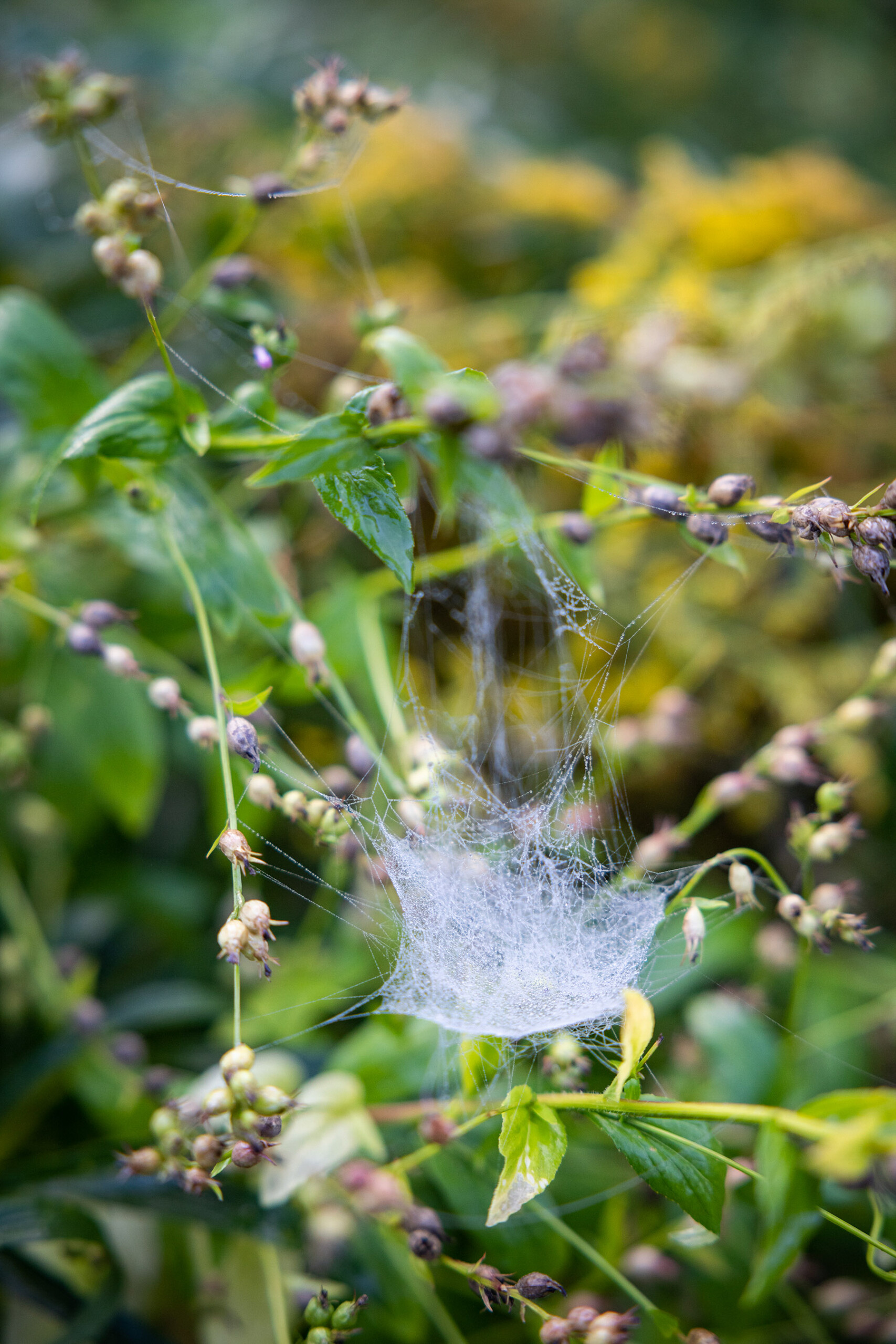
***
I used to see my seed-planting as a sort of benign flexing of my own sovereignty. I get to decide how I use my body, how I spend my time, what foods I get to grow and eat and so on. And while I’ve felt fortunate for this, I’ve caught a lurking whiff of that greasy, entitled cousin of human nature — extraction. There’s been a relentless gnawing that behind the flimsy veil of do-gooding, most of my life is purely self-serving.
Recently, though, it dawned on me that planting seeds, open-pollinated ones at least, is mostly about sovereignty for them — giving them the chance to express themselves genetically however they see fit from year to year. Subsequently, they respond to the current environment by adapting, evolving, reverting, aborting, hybridizing, speciating, sex-changing or even dying rather than being forced to grow inside the dated, narrow house of cards provided by clonal culture. I think of Rilke: “With all its eyes the creature world beholds the open.”
Lately, when I’m feeling skeptical of my work, I find fuel in Terence McKenna’s novelty theory, which says, “The universe is a novelty-producing engine, and as novelty increases, so does complexity, with each level of complexity achieved becoming the platform for a further ascent into complexity.”
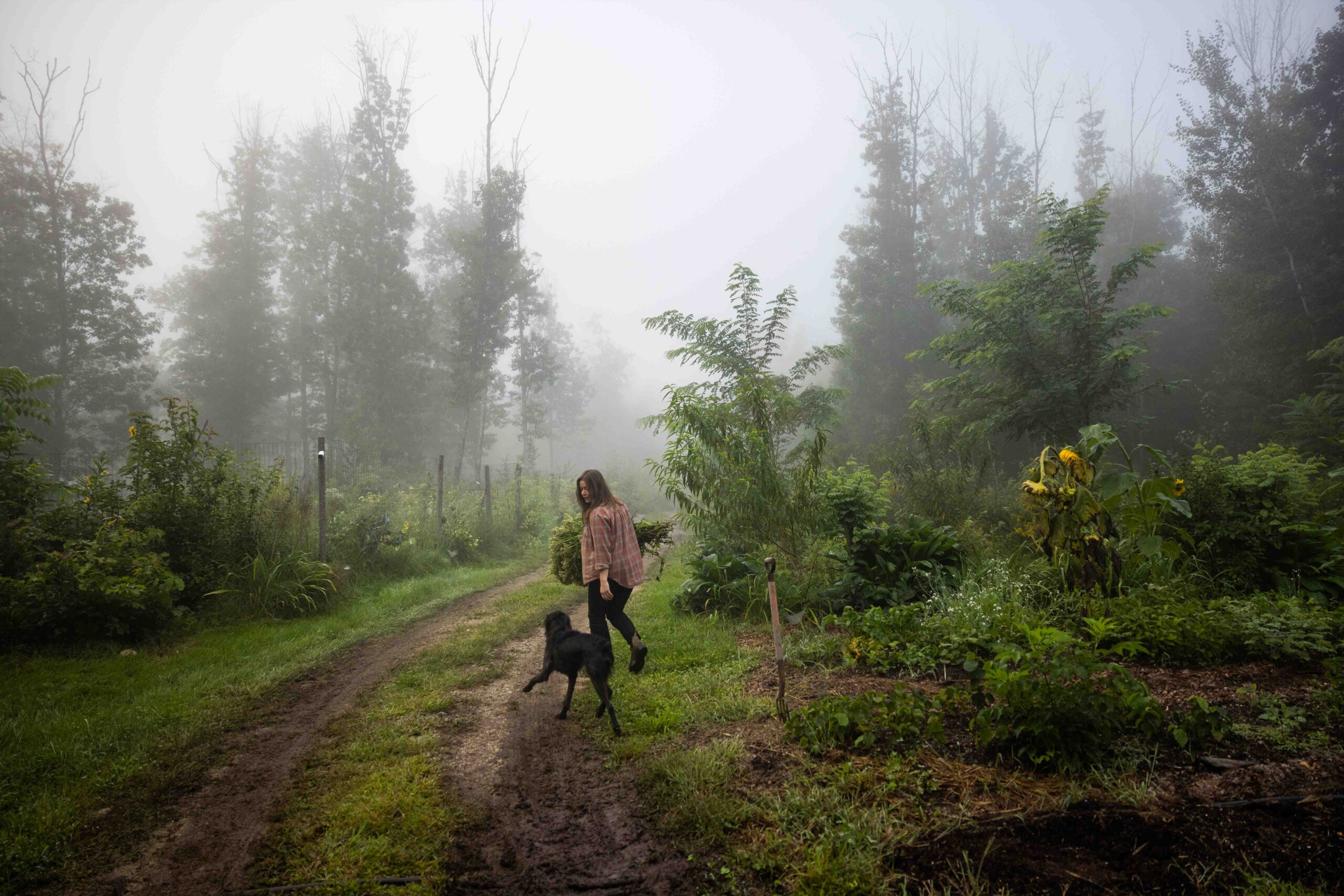
With complexity comes connectivity — more points of contact to bring everything into relationship with every other thing. This correlates with every living thing I’ve ever observed. It’s a twin sister sentiment to what the foraging teacher ‘Arthur Haines’ said regarding wild plants being an integral part of human health: “Diversity equals sufficiency.” He was talking specifically about nutrition, but I believe it’s true in every aspect of life — food, environment, thoughts, people, experiences, politics, perspectives. Diversity equals sufficiency in all of these realms.
This means, of course, that lack of diversity equals insufficiency, i.e. monocultures, homogeneity, binaries and constancies equal failure and, ultimately, death. Uniformity is just fundamentally fragile. Plus, it’s boring, and we should have no tolerance for boredom in a place like this.

While this novelty theory was not surprising to me, McKenna expounded on a detail that truly did surprise me. With novelty (read: biodiversity) being expressed through genetic material, he reminds us of epigenetics — how behavior and environment are able to change genetic material. He goes on to explain that most change is driven by language, making humans the most powerful accelerants of novelty purely because we speak to each other. If Terence and our undeniable human instinct to tell stories is right, then our incessant noise-making could actually be just what the universe ordered. If we can hush the evangelists of scarcity and separateness, and tell instead of the burgeoning in the bushes, our stories might be as integral to plant propagation as seeds.
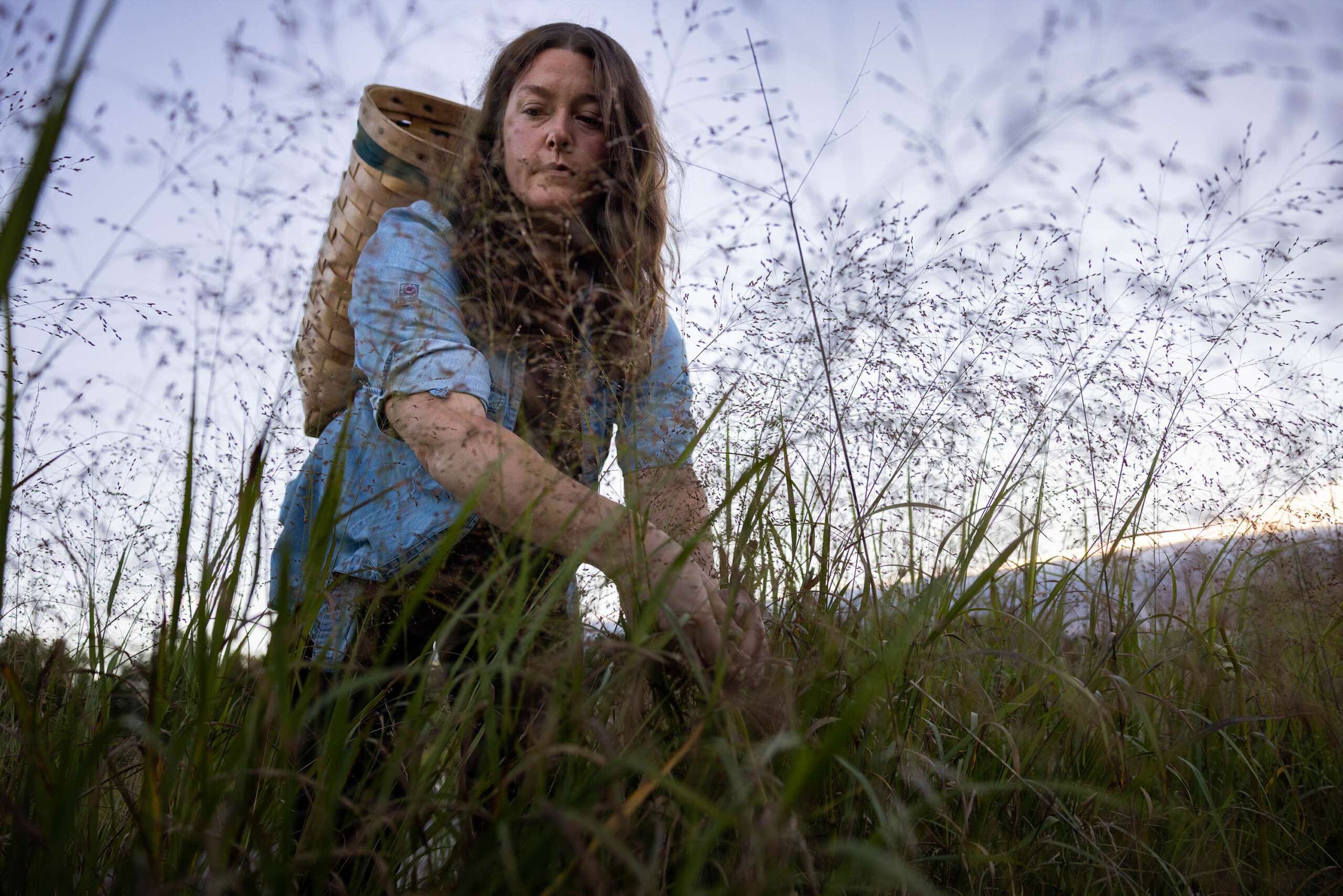
The Self-Seeding Project, the newest branch of the nursery, has me tracking down other people who have a history with a plant, and we collect both the seed and the story to share. The stories spill out as if they’ve been waiting, and the seeds, so far, have grown like they’ve been waiting, too. I’m hoping these stories will serve as points of contact, bringing everything into relationship with every other thing, and eventually, for the lines between them to blur.
These two things have never been separate: the seed and the story. If you’ve ever read a seed catalog or talked to a farmer, you’ve witnessed this alchemical bonding. Some people believe that language itself was born of botany — early hominids needing to communicate to each other the distinct morphology of plants. Survival depended on knowing which to use and which to avoid alongside the when, where and how. This necessitates a very specific language. Plants obliging people to talk about them is not unique, but it’s still kind of exciting to see how coyly they’ve strung us along.
I actually really like being told what to do. Not by just anyone, but I’m happily bossed around by plants, who are likely motivated by this same universal ennui. This may present as a compulsion in me, but if my mantra, “Half the time you think you’re thinking, you’re actually listening,” is true, then this urge of some people to stick seeds in the ground is just us following orders like good little cogs in the cosmic wheel. Some may say this is a loss of agency. I say, in this case, fine, take it. It does no harm, and it frees up my mind to fantasize about how I’m going to roast that leg of mutton over the fire tonight, and what wine will taste best with the potatoes fried in its dripping fat — a much more productive use of my time than the alternative hand-wringing over the purpose of my puny life. Maybe I’ll throw some hazelnuts on my ice cream for dessert. Maybe I’ll write a story about it. Who am I to argue with the universe?
Related Stories

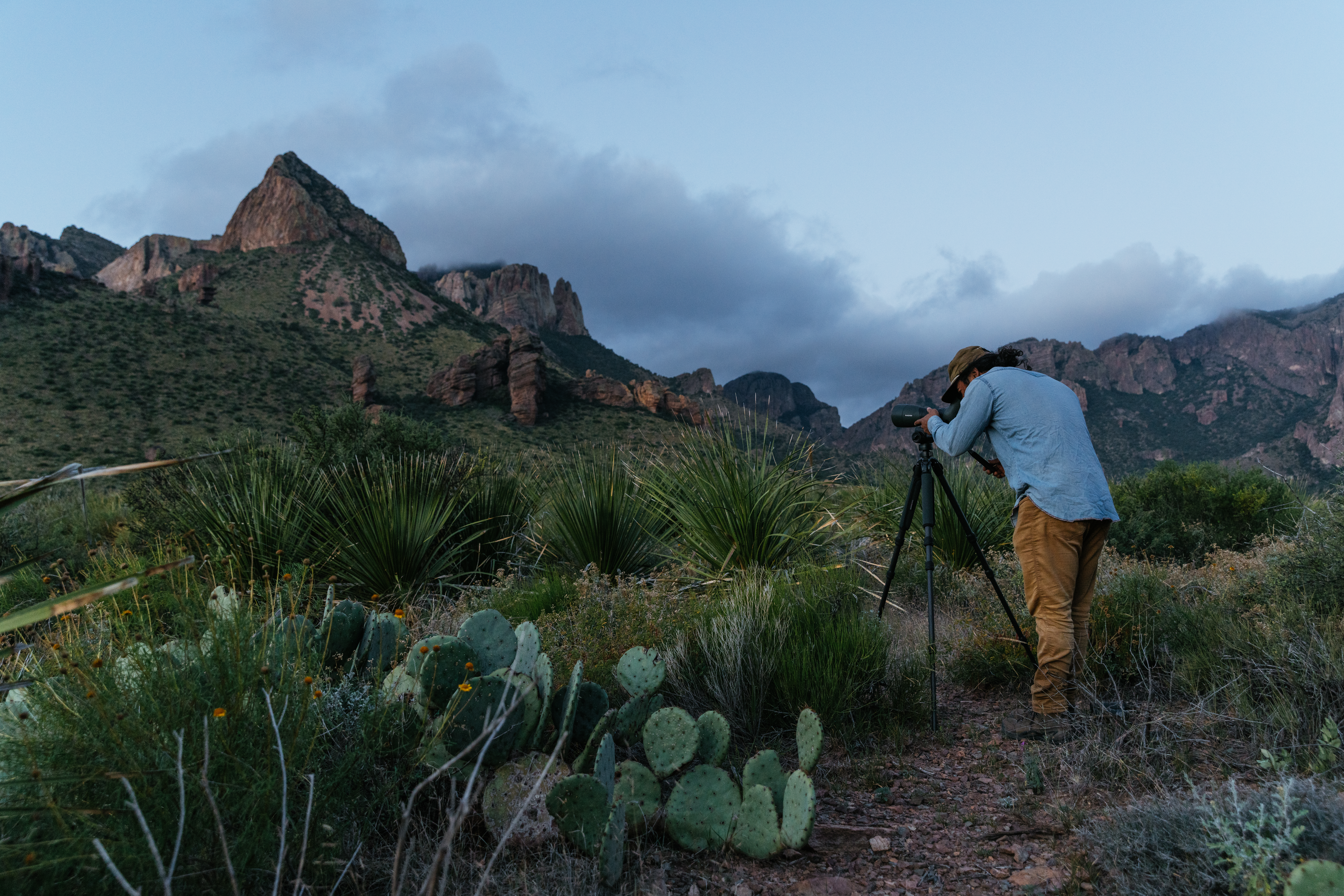
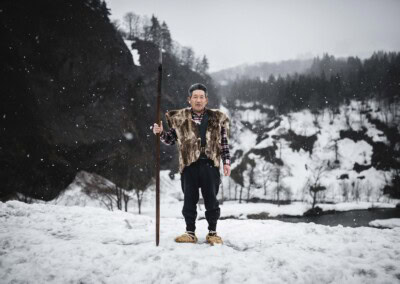
Latest Stories


